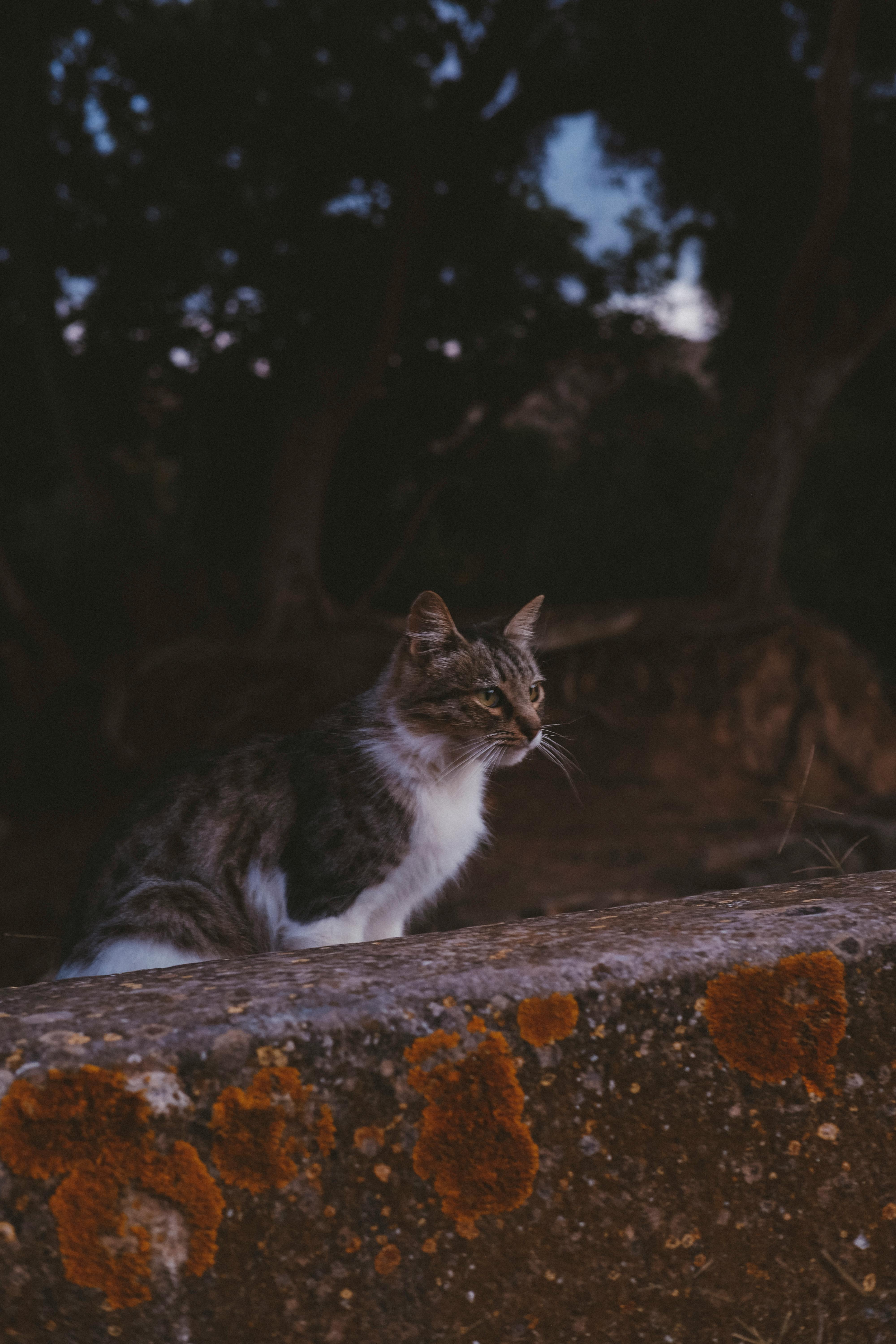Effective Ways to Care for Rabbit Foot Fern in 2025
The rabbit foot fern (Davallia fejeensis) has gained popularity among houseplant enthusiasts due to its unique appearance and the comfort it brings to indoor environments. Not only does it add a lush green aesthetic, but it also helps improve air quality. Understanding how to properly care for this fern ensures its long-term health and vibrancy. This article will delve into the essential aspects of rabbit foot fern care, covering watering, light requirements, soil mixes, humidity levels, pest management, and propagation techniques. By the end, you will have a comprehensive understanding of how to nurture this beautiful plant.
Rabbit foot fern is known for its charming furry rhizomes and delicate fronds, making it a standout piece in any room. Regular maintenance helps maintain its growth and vitality. This article will provide a roadmap to successful rabbit foot fern care, so you can enjoy this lovely plant year-round.
Understanding Rabbit Foot Fern Potting Requirements
Choosing the right pot and soil mix is crucial for the optimal growth of your rabbit foot fern. The first step in ensuring your fern thrives is to select an appropriate pot size. A pot that is too small can restrict growth, while a pot that is too large may lead to water retention and root rot. Ideally, choose a pot that allows at least 1-2 inches of space around the roots.
Rabbit Foot Fern Soil Needs
The choice of soil is just as important as the pot. Rabbit foot fern thrives in well-draining soil. A mix of potting soil combined with perlite and peat moss can provide the right environment for drainage and nutrient availability. Aim for a soil pH that is slightly acidic to neutral (pH 6.0 to 7.0) to ensure your fern receives the nutrients it needs. Organic compost can enhance soil health while providing additional nutrients.
Watering Rabbit Foot Fern
Watering is a critical aspect of rabbit foot fern care. These ferns prefer consistent moisture, but it’s vital to avoid overwatering. The general rule of thumb is to allow the top inch of soil to dry out before watering again. During the growing season, you may need to water more frequently, while in the winter months, reduce the frequency as growth slows down. A simple finger-test can help you determine when to water effectively.
Rabbit Foot Fern Humidity Levels
Humid environments are ideal for rabbit foot ferns, as they originate from tropical regions. Aim for humidity levels of 50-70% for optimal growth. If you live in a dry climate, consider using a humidifier or placing a shallow tray filled with water and pebbles near your fern. Misting the leaves can also temporarily boost humidity levels, but it should not be a substitute for proper environmental control.
Lighting Conditions for Optimal Growth
Light requirements for the rabbit foot fern are pivotal to its health. These plants thrive in bright, indirect light. Although they can tolerate lower light conditions, prolonged exposure to insufficient light can stunt growth and affect the lushness of the fronds. Position your fern near a east-facing window or in a well-lit room where it can enjoy filtered sunlight. During the hottest part of the day, shielding them from direct sun will prevent leaf scorching.
Signs of Unhealthy Rabbit Foot Fern
Observing your fern regularly will help you identify any issues early. Yellowing leaves can indicate overwatering or insufficient light, while brown tips may suggest low humidity. If you notice any wilting or unusual discoloration, it’s critical to assess the care conditions promptly. Catching these signs early can save your fern from further distress.
Investigating Rabbit Foot Fern Pests
Like many houseplants, rabbit foot ferns are susceptible to pests such as spider mites and mealybugs. Regularly inspect your fern for any signs of infestation. Treating issues promptly can involve isolating the plant, manually removing pests, or applying insecticidal soap. Moreover, maintaining proper humidity can deter many common pests.
Fertilizing Rabbit Foot Fern for Optimal Health
Regular fertilization is essential for robust growth and greenery. During the growing season, use a diluted balanced fertilizer every 4-6 weeks to provide essential nutrients. Choose a fertilizer specifically formulated for indoor plants, as these will be less harsh on delicate ferns. In winter, it’s best to reduce fertilization frequency since the fern's growth-rate slows during this period.
Rabbit Foot Fern Propagation Techniques
Propagation of rabbit foot fern can be achieved through division or spores. For division, carefully separate the rhizomes during repotting and replant them in suitable pots. Ensure each division has a few healthy fronds to improve the chances of successful growth. Alternatively, you can collect spores from mature plants, although this method is more complicated and requires precise conditions for germination.
Seasonal Rabbit Foot Fern Care Tips
Understanding the seasonal changes in your fern's care needs will help you keep it healthy year-round. In spring and summer, increase watering and humidity, while adjusting to reduced light in winter by moving your fern to a sunnier location if needed. Always monitor how the plant responds to seasonal changes, as this can vary based on your specific environment.
Rabbit Foot Fern: Ideal Conditions and Habitats
Creating ideal conditions for your rabbit foot fern requires understanding its natural habitat. Originally from tropical regions, the fern flourishes in areas with dappled light and high humidity. Recreating this environment indoors is essential for its longevity and aesthetic appeal. Ensure good airflow around the plant, as stifled air can contribute to fungal issues.
Temperature Control for Rabbit Foot Fern
Rabbit foot ferns thrive in a temperature range of 60°F to 75°F. Protect your fern from extreme temperature changes, avoiding placements near drafts, heating vents, or air conditioning units. Standard household temperatures usually suffice, but always monitor your fern for any signs of distress due to temperature exposure.
Caring for Rabbit Foot Fern Babies
New shoots, or “baby” ferns, are delicate and require attentive care. Ensure they receive adequate light while maintaining high humidity levels. These young ferns should be watered carefully to avoid saturating the soil. Keeping an eye on their progress will help you gauge when they are ready for repotting, usually when they develop several fronds.
Challenges and Solutions in Rabbit Foot Fern Care
Caring for rabbit foot ferns is generally straightforward, yet you may encounter challenges such as pests or diseases. Regular monitoring and understanding the symptoms associated with common problems can prevent serious issues. If you notice signs of pests or fungal infection, taking immediate action is crucial for recovery.
Rabbit Foot Fern Disease Treatments
Diseases such as root rot can arise if the plant is overwatered or planted in poor drainage soil. To treat root rot, gently remove the fern from its pot, trim away the affected roots, and repot it in fresh, well-draining soil. Alternatively, issues like leaf spot can be managed by improving air circulation and reducing humidity levels. Always ensure that you're using clean tools to prevent further infections.
Rabbit Foot Fern and Pets
For pet owners, it's important to note that rabbit foot ferns are generally non-toxic to cats and dogs, making them a safe addition to homes with pets. However, always monitor your pets to prevent them from chewing on the fronds, as this can lead to digestive upset. Additionally, consider incorporating companion plants that are also pet-safe to enhance your indoor greenery while ensuring safety.
Conclusion: Long-Term Care and Maintenance
Overall, successfully caring for a rabbit foot fern involves understanding its specific needs regarding potting, soil, light, humidity, and pest management. As you implement the care techniques discussed, you’ll notice your fern flourishing, adding beauty and vitality to your living space while ensuring that it thrives. By following the best practices outlined in this guide, you will be well-equipped to enjoy your rabbit foot fern for many years to come.


